Illustration photo. Photo: Internet
Coffee prices on the world market recover
At 5:00 a.m. on July 17, 2025, on the London floor, Robusta coffee prices recorded a recovery with an increase of 19 - 50 USD/ton, bringing the fluctuation range to 3,242 - 3,488 USD/ton. Specifically: the contract for delivery in September 2025 reached 3,427 USD/ton, November 2025 recorded 3,396 USD/ton, January 2026 was at 3,363 USD/ton, March 2026 reached 3,340 USD/ton and May 2026 stopped at 3,316 USD/ton.
At the end of the trading session, Arabica prices in New York increased compared to yesterday with an increase of 9.30 - 11.10 cents/lb, fluctuating between 277.60 - 309.95 cents/lb. Of which, the price for delivery in September 2025 is 308.45 cents/lb, December 2025 is 300.90 cents/lb, March 2026 is 293.60 cents/lb and May 2026 is 287.45 cents/lb.
After the trading session, the price of Brazilian Arabica coffee recorded uneven fluctuations between terms, ranging from 364.70 - 391.75 USD/ton. Specifically: July 2025 reached 391.75 USD/ton, September 2025 was 379.00 USD/ton, December 2025 reached 367.10 USD/ton and March 2026 was 364.70 USD/ton.
Domestic coffee prices fall sharply
At 5:00 a.m. on July 17, 2025, the domestic coffee market witnessed a sharp drop of VND 2,900 - 3,000/kg, completely opposite to the previous upward trend. The average purchase price in key provinces is currently VND 91,500/kg.
In Lam Dong , traders are currently purchasing coffee at 91,700 VND/kg, down 3,000 VND/kg compared to the previous session.
Also recording a decrease of 3,000 VND/kg, coffee in Dak Lak is currently purchased at 91,600 VND/kg.
In Gia Lai, coffee prices are currently trading at VND91,500/kg, after decreasing by VND2,900/kg compared to yesterday.
In particular, in Ward 1 Bao Loc, Hoa Ninh Commune, Duc Trong Commune and Dinh Van Lam Ha Commune of Lam Dong Province, the price was recorded at 91,200 VND/kg, down 3,000 VND/kg compared to yesterday.
According to experts, the decline in coffee prices is due to the strong increase in the US dollar, which has led to the weakening of many commodities, including coffee. In addition, the harvest in Brazil is progressing well, making the supply in the market more abundant.
The latest data shows that Robusta inventories monitored by ICE have jumped to a 10-month high of 5,492 lots. In contrast, Arabica inventories monitored by ICE have fallen to 831,612 bags, from a peak of 892,468 bags set five and a half months ago.
However, coffee prices are still supported by drought and harsh weather in Brazil's coffee growing regions.
News that President Trump announced a 50% tax on imported goods from Brazil, starting August 1, is causing the market to worry about the risk of disruption to coffee supplies from this country.
According to the domestic business community, the supply and demand situation in the world market has not changed much; recent price increases and decreases mainly come from speculative activities of investors. In addition, the corresponding tax rates of 50% for Brazil and 32% for Indonesia that the US President announced to apply from August 1 are not sure to be implemented when many countries are expected to take retaliatory actions, while current transactions are quite gloomy due to domestic prices being higher than the world.
Pepper prices remain stable
At 5:00 a.m. on July 17, 2025, domestic pepper prices were updated with a mainly flat trend, with only slight fluctuations in some localities. However, the price level remained high. Currently, the average pepper price in key provinces reached 139,200 VND/kg.
In Gia Lai, pepper price was adjusted down by 1,000 VND/kg compared to yesterday, currently being purchased at 138,000 VND/kg.
Similarly, Dak Lak also recorded a decrease of 1,000 VND/kg, currently the pepper price in this locality is 140,000 VND/kg.
Meanwhile, pepper prices in Ho Chi Minh City remained unchanged from the previous session, continuing to be purchased at 139,000 VND/kg.
Pepper market in Dong Nai also remains stable, current buying price is 139,000 VND/kg.
In Lam Dong, pepper price remains unchanged at 140,000 VND/kg compared to yesterday.
Data from the International Pepper Community (IPC) released at 5:00 a.m. on July 17, 2025 showed that pepper prices in Indonesia and Brazil decreased slightly, while other markets remained stable.
Specifically, the price of Indonesian Lampung black pepper is currently listed at 7,222 USD/ton; while Muntok white pepper is trading at 10,066 USD/ton.
The Malaysian market continued to move sideways with ASTA black pepper prices remaining at USD 8,900/ton and ASTA white pepper at USD 11,750/ton.
In Brazil alone, pepper prices decreased by 50 USD/ton compared to the previous session, currently at 5,750 USD/ton.
In Vietnam, the pepper export market remains stable compared to before. Specifically, black pepper 500g/l is sold at 6,440 USD/ton, 550g/l is priced at 6,570 USD/ton, while white pepper remains at 9,150 USD/ton.
Short-term pepper market outlook
In the coming time, domestic pepper prices are forecast to remain high thanks to the current low inventory, while export enterprises are stepping up purchases to meet orders for the third quarter.
In addition, global supply is also shrinking due to reduced output in many major exporting countries, while consumer demand is gradually recovering after a sluggish period at the beginning of the year.
When the US announced a 50% countervailing duty on Brazilian pepper on July 9, 2025, world pepper prices immediately dropped by $100-$200/ton. In case prices in Brazil continue to remain low, the Brazilian Spice Association may advise farmers to stop selling and stock up as before, waiting for prices to rise again.
In Vietnam, in the first 6 months of 2025, pepper export volume exceeded 124,000 tons. This caused domestic inventories to drop sharply, especially in the context of this year's crop output being assessed as the lowest in many years.
In addition, the next harvest season is still eight months away, while inventories are at their lowest in five to six years, making the market more sensitive to fluctuations in supply and demand.
Information from Ptexim said that the US reciprocal tariffs are still being negotiated and are expected to be applied from August 1, 2025. However, the possibility of delay or adjustment is still open depending on trade developments between the parties.
The ambiguity in tax policy has caused importers to temporarily stop purchasing, leading to a rapid decline in inventories in the US and EU. If the tariff factors are clarified in the near future, the pepper market may bounce back strongly.
Source: https://doanhnghiepvn.vn/kinh-te/gia-nong-san-ngay-17-7-2025-ca-phe-lao-doc-dot-ngot/20250717085028434


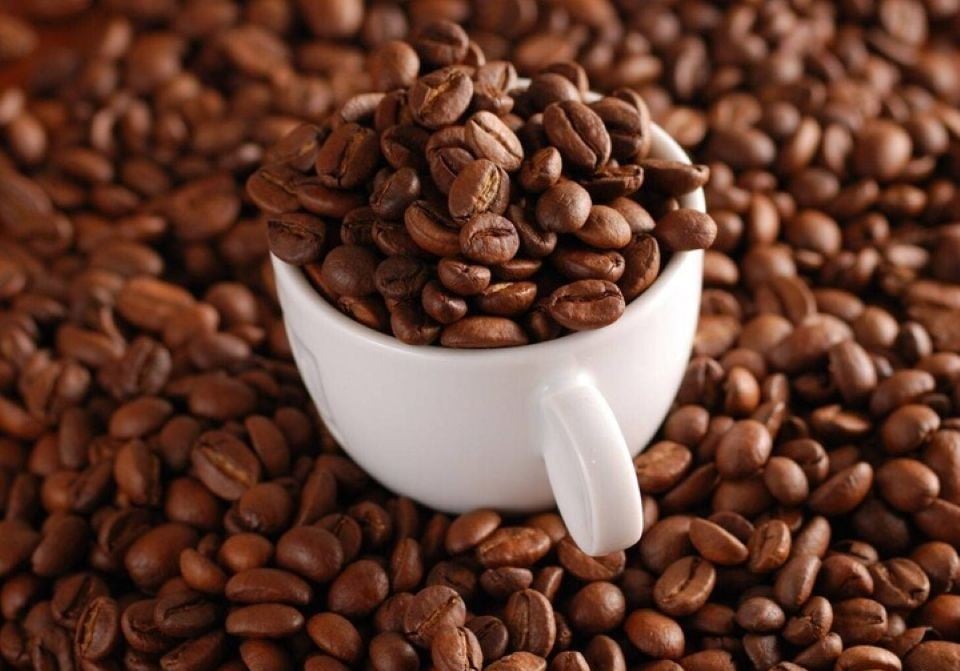
![[Photo] Draft documents of the 14th Party Congress reach people at the Commune Cultural Post Offices](https://vphoto.vietnam.vn/thumb/1200x675/vietnam/resource/IMAGE/2025/10/28/1761642182616_du-thao-tai-tinh-hung-yen-4070-5235-jpg.webp)


![[Photo] National Assembly Chairman Tran Thanh Man received a delegation of the Social Democratic Party of Germany](https://vphoto.vietnam.vn/thumb/1200x675/vietnam/resource/IMAGE/2025/10/28/1761652150406_ndo_br_cover-3345-jpg.webp)

![[Photo] Flooding on the right side of the gate, entrance to Hue Citadel](https://vphoto.vietnam.vn/thumb/1200x675/vietnam/resource/IMAGE/2025/10/28/1761660788143_ndo_br_gen-h-z7165069467254-74c71c36d0cb396744b678cec80552f0-2-jpg.webp)
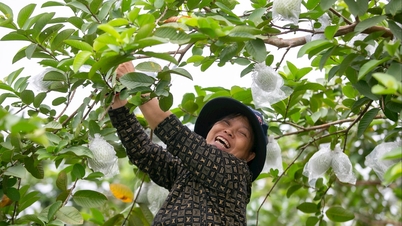

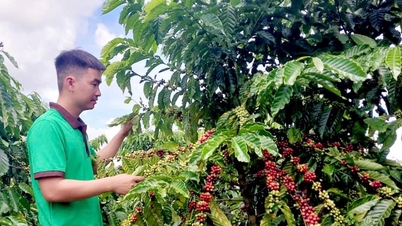

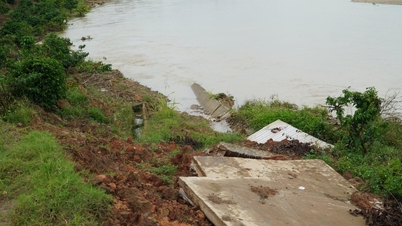
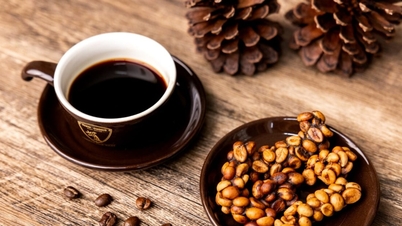

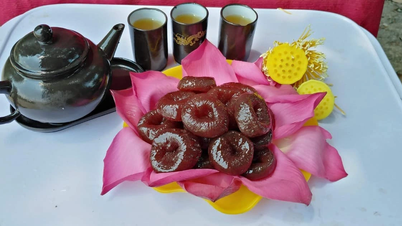

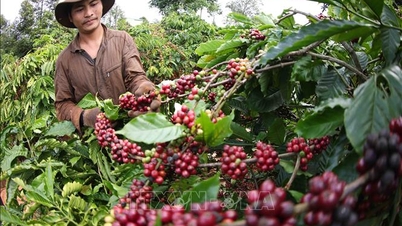

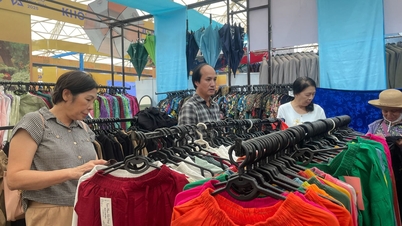

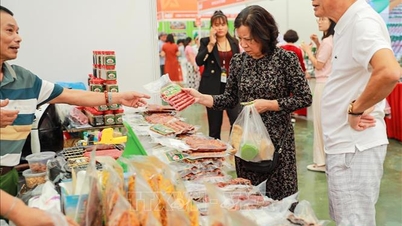

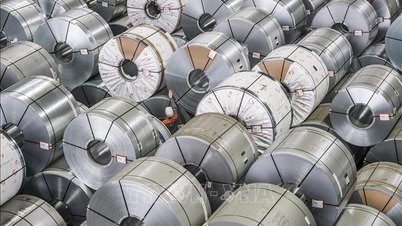
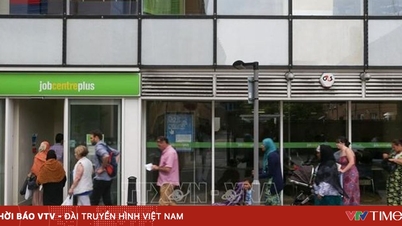





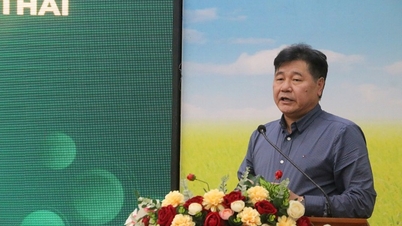
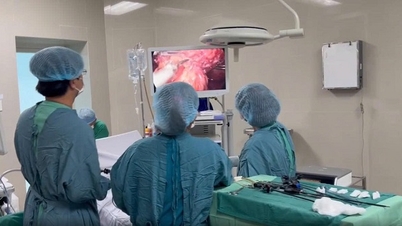
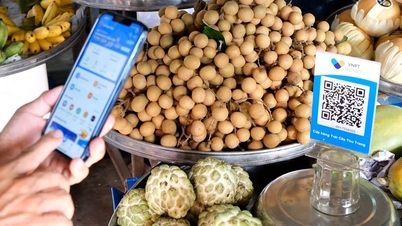
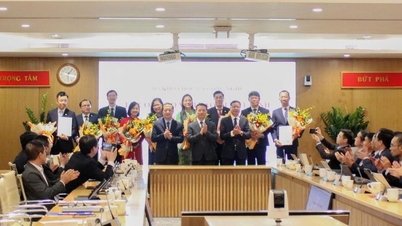

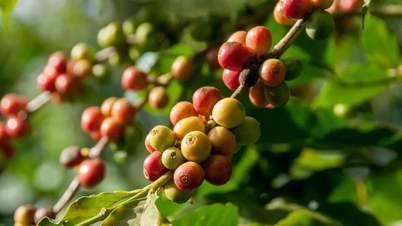

![[Photo] President Luong Cuong attends the 80th Anniversary of the Traditional Day of the Armed Forces of Military Region 3](https://vphoto.vietnam.vn/thumb/1200x675/vietnam/resource/IMAGE/2025/10/28/1761635584312_ndo_br_1-jpg.webp)
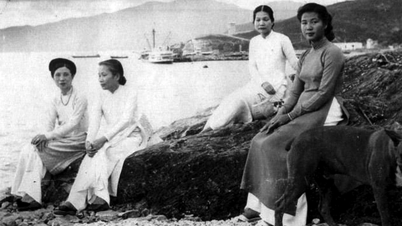





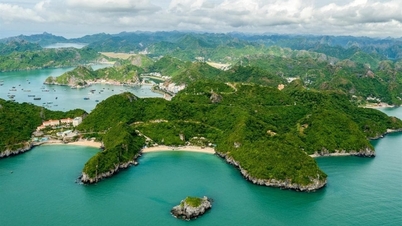


















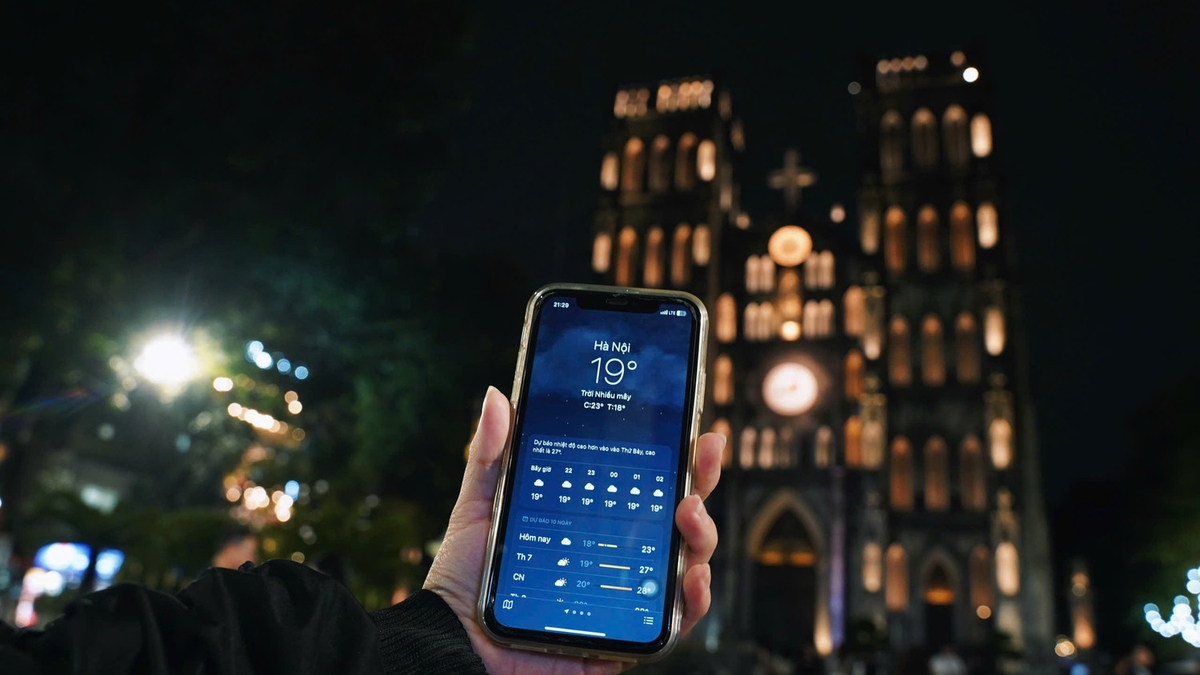





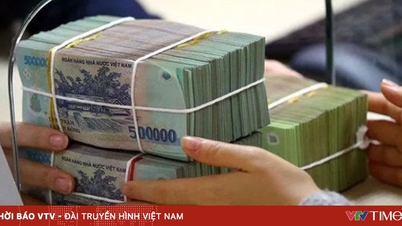
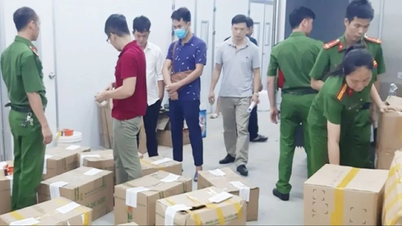

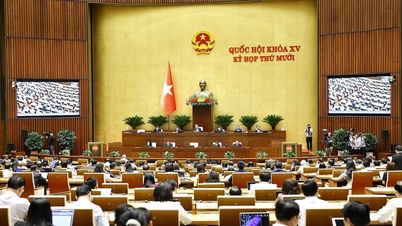
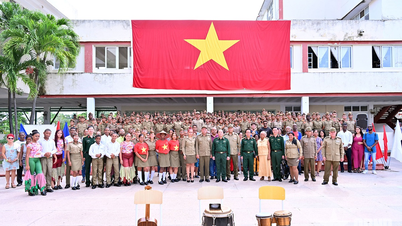

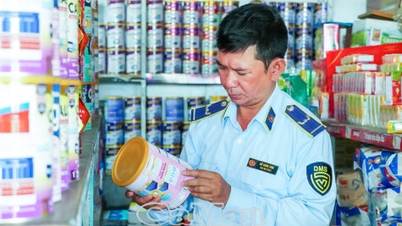

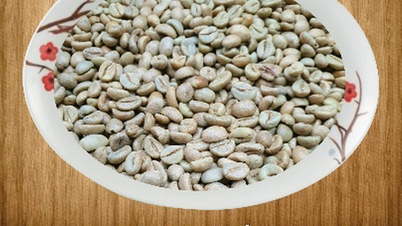

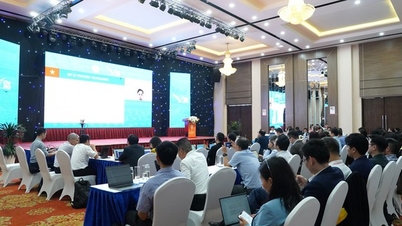


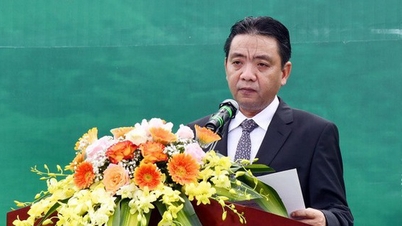
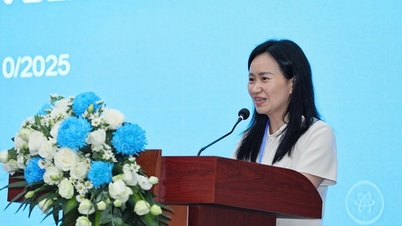


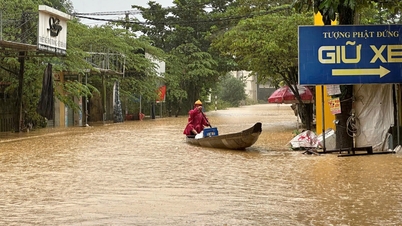





















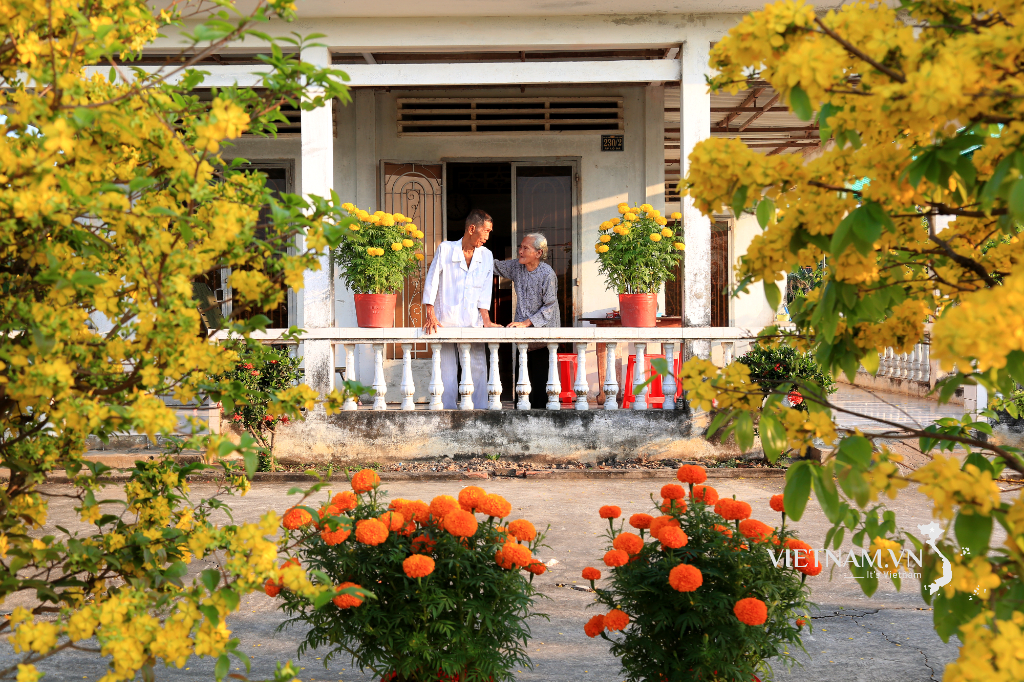


Comment (0)